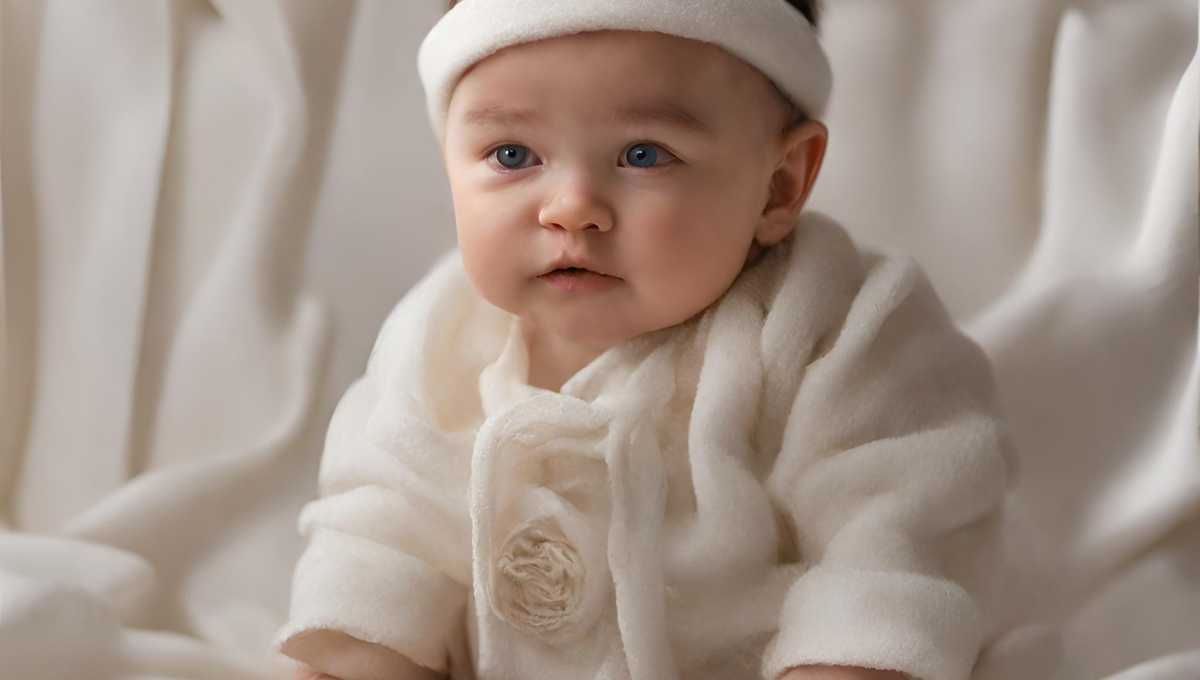how to keep your newborn happy
One of the simplest ways to keep a newborn happy is to swaddle them. Newborns have immature nervous systems and strong reflexes that make them flail their arms and kick their legs pretty much all the time. The best way to help them control these movements is to swaddle them. Often, our general rule of thumb for a happy baby is to swaddle them anytime they are eating or sleeping, and for very tiny babies, that means the majority of their day will be spent bundled up in a swaddle. It is important part of child care.
The easiest way to swaddle with a blanket in child care tips
- Fold down a corner of your swaddle and lay your baby with their neck across the folded line.
- Start on your left and wrap the blanket over your baby’s right arm.
- then tuck it under their body.
- Their left arm will still be free.
- don’t worry.
- Then, fold up the portion at the bottom and tuck it under the baby’s chin.
Finally,
- grab the right corner of the swaddle.
- wrap it around your baby’s left arm.
- and tuck it under their back for a cozy and comfortable swaddle.
- The swaddle should obviously not be so tight that it restricts their breathing.
- and it should not be loose enough to come up over their face.
- If all of this needs to be clarified, it’s no big deal.
- Just opt for an easy cheater swaddle like this zip-up swaddle.
- It does all the hard work for you and ensures that your baby is safe to sleep.
In This Post
ToggleChanging their diaper is the most significant part of newborn child care
- For newborns, you can expect to change their diapers every two to three hours around the clock.
- And be sure always to change a poopy diaper immediately in order to prevent diaper rash.
- Babies can sometimes get wiggly or fussy during diaper changes.
- so start by rolling up their onesie around their arms.
- It’s a makeshift swaddle that will help them feel more secure during your diaper change.
- Before you open up the dirty diaper, be sure to slide a clean diaper underneath.
- This will not only protect your changing area.
- but it will also give you a quick flap to close should they start to urinate during the change.
- If your baby is full and comfortable and has a clean diaper but they’re still fussy.
- then try to rock or sway them or take them outside.
- The gentle movements and the change of scenery help them to settle quickly.
And take note,
- if your baby is sneezing, it doesn’t mean they have a cold.
- It’s actually a sign that they could be tired or overstimulated.
- So take that as a message that it’s time to swaddle them and move them into a more calm environment.
- it is also an important tips fpr child care.
Most babies love the sound of white noise, a heartbeat, or even a hairdryer, as they mimic the loud, whooshing sounds of the inside of the womb. If your child is hard to settle, white noise may be the answer.
Sleeping is also an essential part of child care
Keep in mind that babies sleep a lot, so to avoid getting overtired or overstimulated, newborns should not be kept awake for more than an hour at a time.
Some tips for feeding your child in child care
- Whether you choose to breastfeed or bottle-feed.
- know that feeding your newborn will take up a lot of your time during the early days.
- For breastfeeding moms, my best advice is to try to get your baby to latch during the golden hour after birth.
- If you’re in the hospital, know that you may have to ask a few times to get someone to help you do this.
- but it’s super important in helping to establish your supply and your baby’s latch.
Also,
- if you’re breastfeeding, know that it’s normal to feel like all you do is feed.
- Breastfed babies will eat every one and a half to two hours round the clock in the early days, and they may even try to nurse more than that.
- This is all part of the beautiful dance that is breastfeeding.
- It helps with bonding, and keeping your baby close during those first few weeks is what establishes your milk supply.
- Your baby will seek out your breasts for food and for comfort often.
- This is not a sign that you don’t have enough milk; it simply means that things are working as they should.
Let’s talk about bathing
Be sure not to submerge your baby in water until their umbilical stump falls off. A cord care powder like this one can significantly reduce the amount of time your baby has an umbilical stump, as it helps it to dry up and fall off faster. While your baby has their umbilical stump, you can give them a gentle sponge bath by wiping them with a warm, wet washcloth. If you’re feeling really fancy, you can swaddle them and run their hair under a warm stream of water as well. Most babies love this and will even fall asleep during the bath. Once their stump is gone, you can move on to regular bathing of your child. Be sure to lay a warm washcloth on their tummy to help them feel cozy. For fussy babies, place them into a tub in a loose swaddle and unwrap one limb at a time to make them feel more secure. Don’t forget to wash behind their ears and in the folds of their necks, as babies can get pretty grimy there. If your baby has crusty eyes from a blocked tear duct, you can gently wipe them a few times a day with a warm, wet washcloth and toss in a bit of breast milk if you have some.After the bath, you can lay your baby out on a warm towel and give them a little full-body massage. There are lots of great videos on YouTube that show you how to do infant massage, and I’ll link a few of my favorites below. This practice not only helps you to bond with your baby, but it can also reduce colic and improve your baby’s sleep.
Newborn safety of car seats
It goes without saying that all newborns should be in a properly installed rear-facing car seat. When putting your baby in the car seat, ensure that the straps sit at or below your baby’s shoulders. Next, after buckling the chest clip, slide it up even with their armpits. Lastly, never buckle your baby’s blankets or bulky warm clothing underneath the straps. Fasten their harness first, and then put any blankets that you’re going to use on top. This way, you can ensure that they are secure in the car seat. If you have any doubts, find a certified car seat technician in your area to double-check your installation and your buckling.
Baby should sleep in the same room
Know that your baby should sleep in the same room as you at night until at least six months of age. Being nearby is crucial for your baby’s safety and can even reduce the risk of SIDS. Room sharing also helps to encourage a healthy breastfeeding relationship, so if that’s important to you, you might consider putting the crib or bassinet in your master. Finally, know that you cannot spoil a baby. You cannot hold them too much, and in fact, holding, cuddling, and gazing into their eyes often has been shown to reduce future crying and fussiness. Infants who receive the most attention actually develop stronger foundations for emotional, physical, and intellectual growth. So cuddle those babies early and often.
FAQ
Newborns typically need to be fed every 2-3 hours. Look for hunger cues and feed on demand.
A healthy newborn is alert, feeds regularly, has regular wet and dirty diapers, and is gaining weight steadily.
Newborns need 14-17 hours of sleep per day. If your baby is sleeping in short bursts throughout the day and night, they are likely getting enough sleep.
If your newborn has a fever over 100.4°F, contact your pediatrician immediately.
Ensure your home is baby-proofed: cover electrical outlets, secure heavy furniture, and keep small objects and hazardous substances out of reach.







